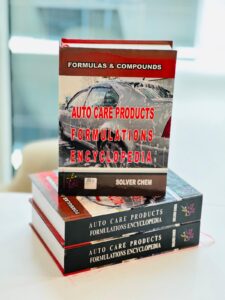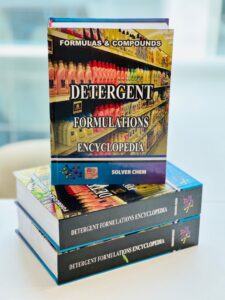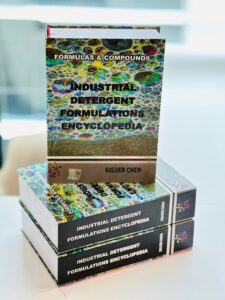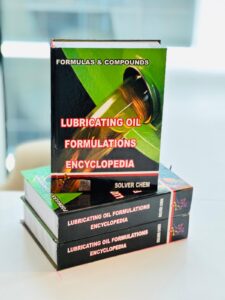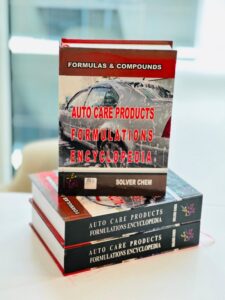
General maintenance or mildly alkaline wheel cleaners are formulated for routine cleaning of vehicle wheels, rims, and tires without aggressive abrasion or damage. They typically have a pH of 9–11, making them less caustic than heavy-duty alkaline cleaners (pH 12–14). This milder profile suits frequent use on aluminum, chrome, alloy, and painted wheels, effectively removing brake dust, road grime, light grease, and tar while minimizing etching or corrosion risks.
Key Chemical and Physical PropertiesThese cleaners balance efficacy with safety, incorporating chelators for iron oxide (brake dust) and mild surfactants for emulsification. Here’s a summary:
|
Property
|
Description
|
Typical Value/Example
|
|---|---|---|
|
pH Level
|
Mildly basic; sufficient for dissolving iron particles and light soils via mild saponification without harsh corrosion.
|
9–11 (e.g., 10 for maintenance formulas).
|
|
Alkalinity Source
|
Gentle builders for buffering and soil suspension.
|
Sodium carbonate, sodium metasilicate, or amines (e.g., ethanolamines); avoids high NaOH/KOH levels.
|
|
Surfactants/Emulsifiers
|
Low-foam wetting agents for penetration and rinseability; often biodegradable.
|
Non-ionic (e.g., alcohol ethoxylates) or amphoteric types; include wheel-specific chelators like EDTA or gluconates for ferric ions.
|
|
Foam Profile
|
Moderate to high foam for dwell time and visibility; clings to vertical surfaces.
|
Foaming agents like alkyl polyglucosides; rinses cleanly to prevent spotting.
|
|
Viscosity & Solubility
|
Gel-like or liquid for adhesion; highly water-soluble with color indicators.
|
Thixotropic gels (e.g., for brake dust dwell); pH-sensitive dyes turn purple on iron contact.
|
|
Color & Odor
|
Dyed for application cues; fresh, non-overpowering scent.
|
Blue/purple liquids; citrus or mild chemical odor from solvents like d-limonene.
|
|
Concentration
|
Ready-to-use or dilute (1:10 for heavy soils); lower actives than heavy-duty.
|
5–15% surfactants/builders; iron-reactive formulas with oxalic acid derivatives.
|
Effectiveness and Mechanism
- Cleaning Action: Targets ferrous brake dust via chelation and mild alkalinity, emulsifies oils/tars, and suspends dirt. Color-changing tech (e.g., in Iron X) signals reaction completion.
- Temperature Sensitivity: Effective at ambient temps (room to 100°F); no heat required, unlike heavy-duty cleaners.
- Efficiency: Safe for weekly/monthly use; biodegradable options reduce environmental impact; rinses residue-free to avoid water spots.
- Wheel Compatibility: Non-acidic to protect coatings; pH-buffered against aluminum pitting.
Common Applications
- Vehicle Maintenance: Aluminum, magnesium, chrome, and painted rims; removes light brake dust, mud, and pollutants.
- Usage Method: Spray on dry wheels, agitate with brush (soft-bristle), dwell 3–5 minutes, rinse with low-pressure water. Dilute for tires or undercarriage.
- Frequency: Ideal for general upkeep; pair with clay bars or polishes for prep.
Safety and Limitations
- Hazards: Mild irritant to skin/eyes; less corrosive than heavy-duty but requires gloves and eye protection. Avoid inhalation of mists.
- Rinsing Needs: Excellent rinsability; thorough flush prevents streaks.
- Not Suitable For: Hot wheels (risk of thermal shock); matte finishes (test first); heavy carbon buildup (use heavy-duty instead).
- Storage: Stable in cool, dark places; shelf life 2+ years.
👁️ Görüntülenme: 3

